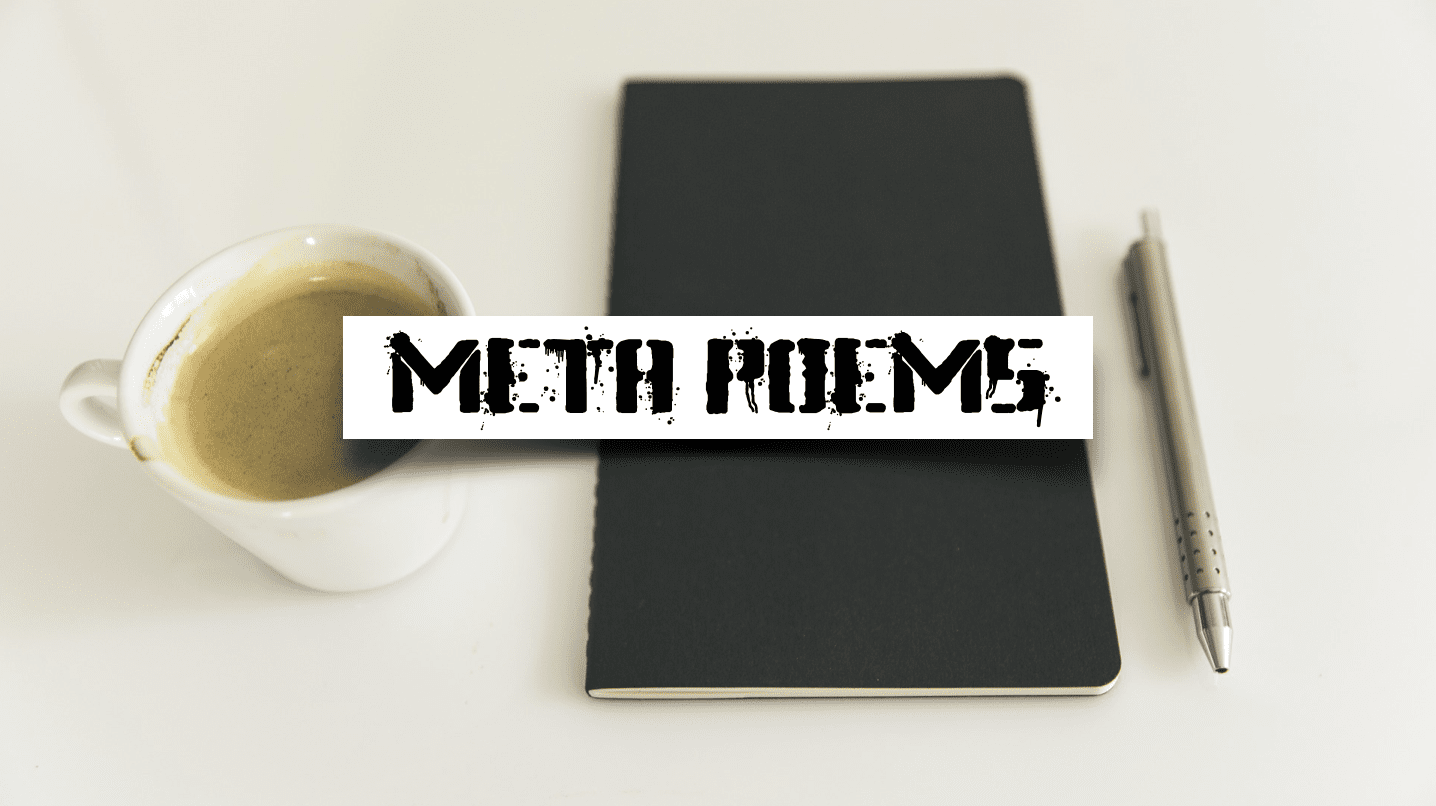We have been writing a series of articles for Tech Trends titled Rethinking Technology & Creativity in the 21st Century. You can see the full list here.
One of the key focus areas of these articles is on what we call trans-disciplinary thinking i.e. a set of cognitive skills that cut across disciplinary boundaries. As Michele & Robert Root-Bernstein’s write in their book Sparks of Genius:
…at the level of the creative process, scientists, artists, mathematicians, composers, writers, and sculptors use…what we call “tools for thinking,” including emotional feelings, visual images, bodily sensations, reproducible patterns, and analogies. And all imaginative thinkers learn to translate ideas generated by these subjective thinking tools into public languages to express their insights, which can then give rise to new ideas in others’ minds. (pg. 11)
Inspired in part by the Root-Bernstein’s we have analyzed and listed seven such “tools for thinking” as being key trans-disciplinary skills needed for creativity. These skills encapsulate the ways in which creative people and effective learners think. They include, Perceiving, Patterning, Abstracting, Embodied Thinking, Modeling, Play, and Synthesizing. The next seven articles in the series will focus on each of these thinking skills.
The first two articles in the series, focusing on Perceiving and Patterning are now published. Complete references and links to pdfs of the articles are given below
- Henriksen, D., Mehta, R., Mishra, P., & the Deep-Play Research Group (2014). Learning to See: Perceiving as a trans-disciplinary habit of mind. Tech Trends, (58)4, p. 9-12
- Henriksen, D., Cain, W., & Mishra, P. & the Deep-Play Research Group (in press). Making sense of what you see: Patterning as a trans-disciplinary habit of mind. Tech Trends (58)5, p. 3-7.
The next article in the series will focus on Abstracting and is currently in press, and I will post it once it is published.
- Henriksen, D., Fahnoe, C., & Mishra, P. & the Deep-Play Research Group (in press). Abstracting as a trans-disciplinary habit of mind. Tech Trends (58)6.


0 Comments